Un des plus gros malentendus consiste à croire que la seule chose que fait un Scrum Master en tant que facilitateur, c'est de faciliter les événements Scrum. Au lieu de ça, un super Scrum Master comprend que la facilitation peut se révéler beaucoup plus puissante...
En quoi la facilitation dans Scrum est vraiment porteuse de sens
Comme décrit dans la définition du facilitateur, il d'agit d'une personne qui aide un groupe de gens à comprendre et atteindre leurs objectifs en promouvant la collaboration, en optimisant le processus et en créant de la synergie au sein de l'équipe. Etant donné ce contexte, la facilitation englobe beaucoup plus que la simple tenu des événements Scrum.
Dans son livre "Scrum Mastery", Geoff Watts décrit la facilitation comme la posture et la compétence phares du Scrum Master. "A tout moment, les Scrum Masters sont au service des objectifs de l'équipe, du Product Owner et de l'organisation. Et, si les objectifs se contredisent, ils réfléchissent aux implications et aux messages que tout compromis entraînerait sur le long terme."
Un Scrum Master doit :
- faciliter les relations et la collaboration aussi bien au sein de l'équipe qu'avec l'environnement de l'équipe,
- faciliter le processus Scrum et l'amélioration continue du processus,
- faciliter l'intégration de l'Équipe Scrum dans l'organisation entière,
- faciliter les événements Scrum pour qu'ils soient orientés objectifs et efficaces,
- faciliter l'équipe pour qu'elle atteigne ses objectifs (personnels).
Lyssa Adkins en propose une bonne description dans son livre "Coaching Agile Teams" :
"Un Scrum Master doit faciliter en créant un "conteneur" que l'équipe pourra remplir d'idées et d'innovations. Ce conteneur, qui consiste souvent en un ensemble de questions à l'ordre du jour ou toute autre structure légère (et flexible), offre à l'équipe un cadre nécessaire et suffisant pour se dédier à ses objectifs, mettre en place un environnement qui favorise la richesse des interactions, un lieu où des idées fantastiques peuvent être échangées. Le coach crée le conteneur ; l'équipe crée le contenu".



 Your new post is loading...
Your new post is loading...



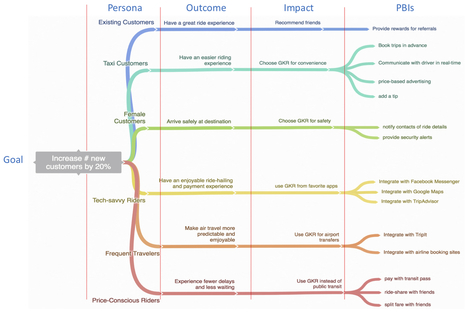

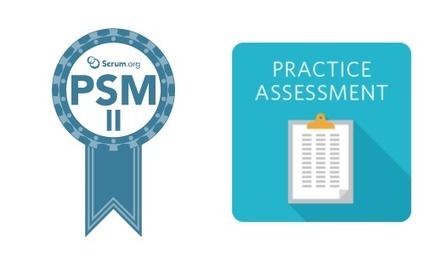

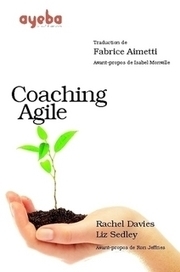
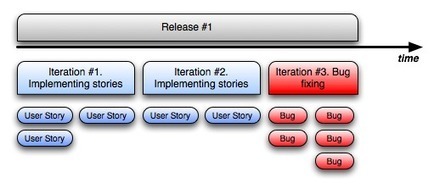
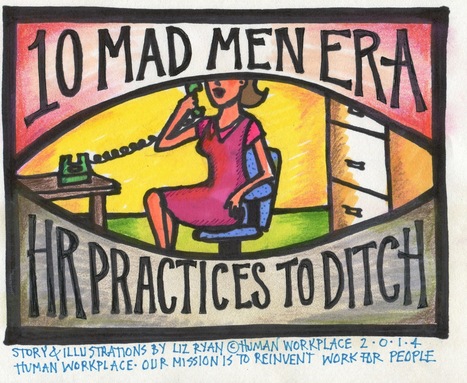



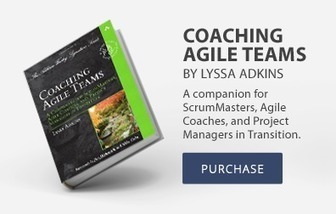




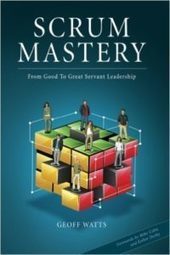
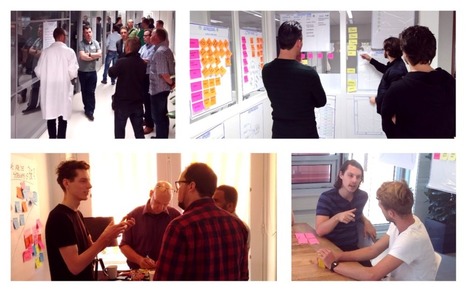
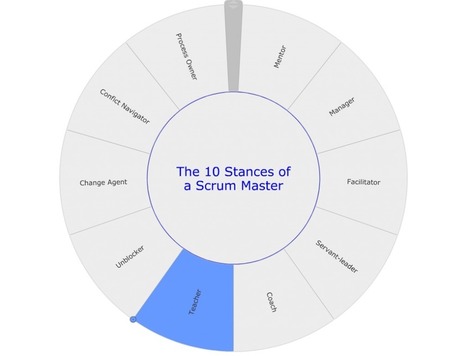






Caractéristiques d'un super facilitateur
Un Scrum Master doit donc faciliter en posant le cadre et en fournissant des limites claires dans lesquelles les membres de l'équipe pourront collaborer et discuter de leurs idées.
D'autres caractéristiques propres à un super facilitateur :
A quoi ressemble la super facilitation des événements Scrum
Chaque événement Scrum a un objectif spécifique qui répond à la question : "Pourquoi devons-nous avoir cette réunion ?". Un super facilitateur doit garantir que l'objectif de tout événement soit clair, qu'un cadre léger soit proposé et que l'équipe atteigne l'objectif de cet événement. Les objectifs des événements Scrum décrits précédemment sont encore pertinents, mais avec une super facilitation, le Scrum Master réussit à tirer encore plus de valeur de chaque Sprint.
Les caractéristiques d'événements Scrum bien facilités sont :